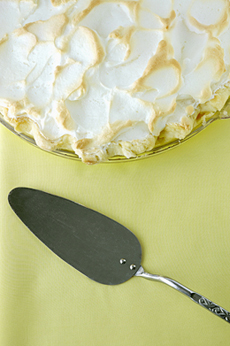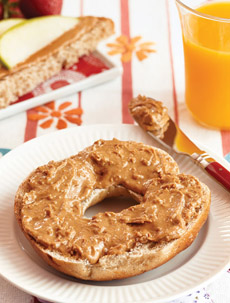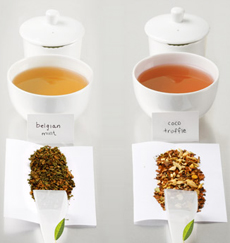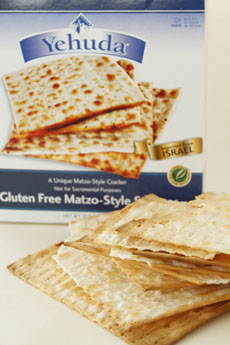|
A filling for cookie sandwiches—and of course, regular sandwiches and tea sandwiches, with or without some apple slices
Just licked off the spoon
Biscoff Spread Creamy is available at Central Market, Cost Plus World Market, The Fresh Market, Giant Carlisle, Giant Landover, Hannaford, Kroger, Market Basket, Safeway, Schnucks, Shop Rite, Stop & Shop, Walmart, Wegmans, and Winn-Dixie and others, as well as through Biscoff’s website.
A complete list of retail locations is available at www.biscoff.com.
Or, you can buy it online now.
Find more of our favorite bread spreads: product reviews, recipes and more.
|
|

Find it on your grocer’s shelf or online. |




